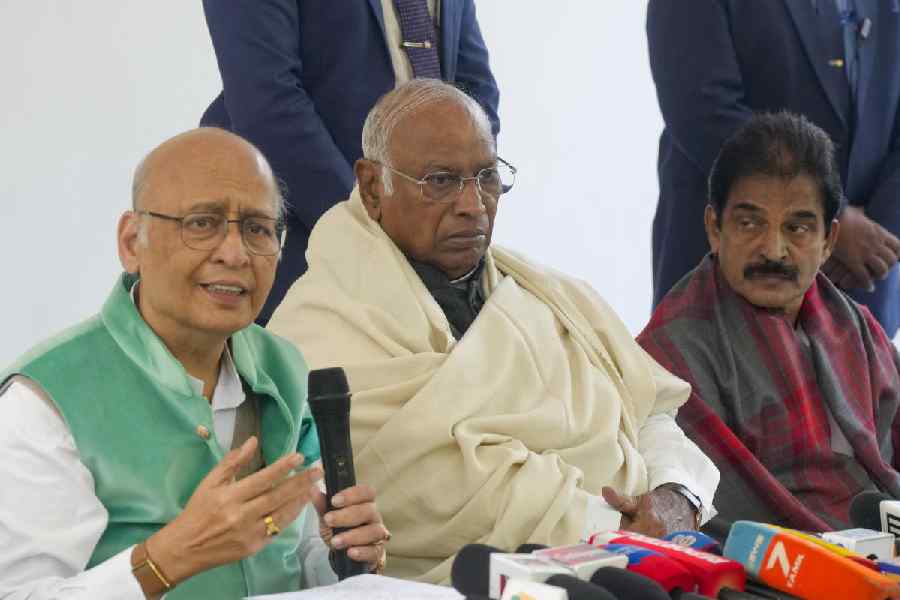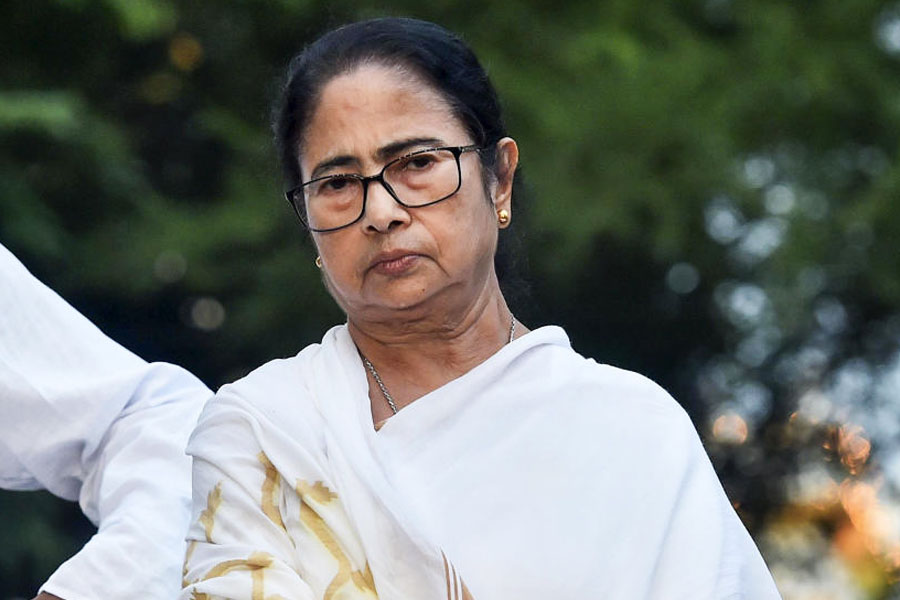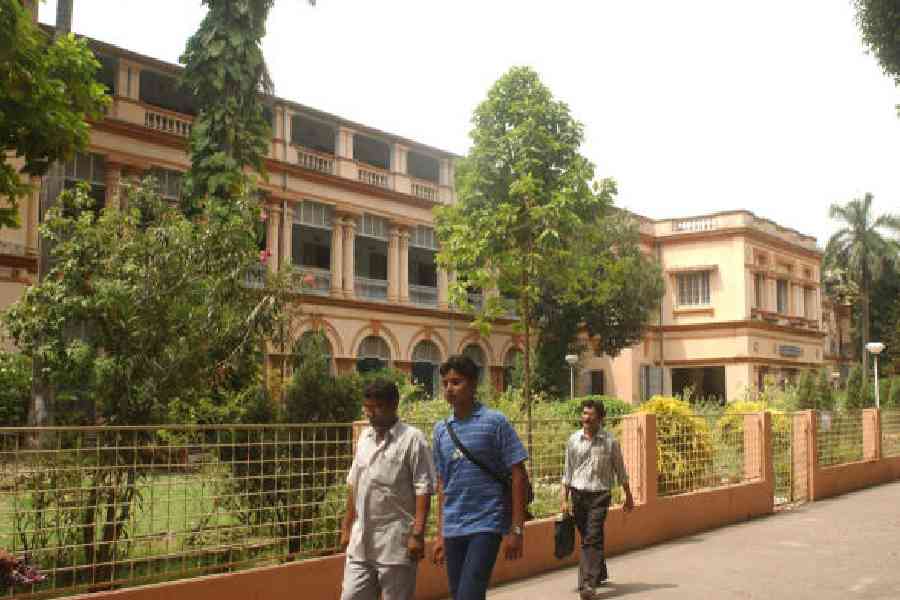 |
Rama is scared. The 39-year-old worker in a rescue home in Mumbai was caught in a sex trap and doesn’t know what the future holds for her. “I’m so afraid, Madam,” she says.
She had given in to a moment’s temptation and had sex with Hari, a former inmate of the home. He had captured the act on the camera in his cell phone — and used it to blackmail her for sex for 18 months. If she didn’t give in, she was threatened that the video would go viral and her husband would know.
A couple of weeks ago, Rama mustered the courage to tell the managing trustee the story. Hari has been cautioned but shows little sign of remorse.
Across the country, a new menace stalks women and youngsters. Acts of sex are recorded and victims threatened that if they complain, the videos will be uploaded on the Internet.
One incident — which led to the death of a man — involved a 16-year-old Dalit girl from Haryana. The girl was raped by a group of eight Jat boys earlier this month. Her anguished father took his life.
Many of the uploads on the Internet — from the coy young girl toying with her mobile phone while her boyfriend undresses her, to young couples kissing at an engagement party — are games gone horribly wrong.
Most of the victims of these MMS clips are young students. Every other day, Rakshit Tandon, a cyber expert and advisor to the Uttar Pradesh and Delhi cyber crime cells, is bombarded with panicky school and college girls being blackmailed by boyfriends posting or threatening to post videos or pictures shot in intimate moments.
The phenomenon first kicked up a storm in 2004 when an MMS clip of two students of a Delhi school went viral. Then the incident was still novel — which was why it figured in two Hindi films shot during the period.
The use of the Internet and cell phones is multiplying across India — according to the Internet and Mobile Association of India (IAMAI), the country has 121 million Internet users and 920 million mobile users.
“Seventy per cent of sexual abuse cases have an MMS angle to it,” says Vidya Reddy, co-founder of Tulir, a Chennai-based centre for the prevention and healing of child sexual abuse. The culprits are also mostly youngsters. “It is common for kids to film themselves bullying other kids or showing off their genitals,” says Reddy.
In Reddy’s line of work, she finds MMS clips of child pornography being used by paedophiles to ensnare potential victims. “They use it to tell the child that it’s ok to have sex and to ensure silence and complicity in a carefully cultivated relationship,” she says. “This is why so many kids don’t reveal such abuse and it goes on unreported for so long.”
Recently, a group of Delhi schoolgirls found themselves on a porn site after a pen drive carrying a video they’d shot of themselves in skimpy nightwear was left behind in the library. The pen drive was found by a classmate who uploaded it on the Internet.
“People are freely sharing their darker sides in the virtual world,” says Tandon. “They have one set of values for the real world and another for the virtual world.”
If a child porn video gets uploaded to the Internet, help is often sought from the Interpol- managed International Child Sexual Exploitation image database, a powerful intelligence and investigative tool which allows specialised investigators to share data with colleagues across the world. This came to the aid of law enforcers in the case of Dutchman William Heum, 56, who was awarded a 25-year prison sentence in Chennai last year for child abduction, molestation and uploading of child porn on the Internet.
“But it is very difficult to trace individuals uploading porn,” says M. Sudhakar, additional superintendent of police (CID), who earlier worked at Chennai’s cyber crime cell.
The Information Technology Act, 2008, authorises the state law enforcement machinery to approach sites to get offensive or porn material blocked and deleted. “But we have had no success with porn sites,” says Sudhakar. While Google acts within a week or so, Facebook takes about two to three weeks to delete obscene material, adds T.V. Prabhakar, head of Bangalore’s cyber crime cell.
Tandon says the first step anyone can take for FB abuse is to report it directly to the site’s management.
“To strengthen your case, ask a big group of friends to endorse your complaint and you’ll see results within days,” he says.
But that, of course, is when the deed is already done — that is, the offensive material is out in the public. And though there is stringent punishment for offenders — a five-year prison term and fine of Rs 1 lakh for the first conviction; 10 years and Rs 2 lakh for the second — very few such crimes are reported.
In one such case that came up for trial in Ahmednagar six months ago, the victim, an 18-year-old office assistant, turned hostile in court. “She had been filmed when she was 14 and having sex with the accused, a married man in his late twenties,” says a social worker who was assisting the girl. “The video was the talk of the town, but in court their eyes met and she denied having been abused by him,” the social worker recalls.
Clearly, going through a complaint is another chapter in the trauma that the victim undergoes.










